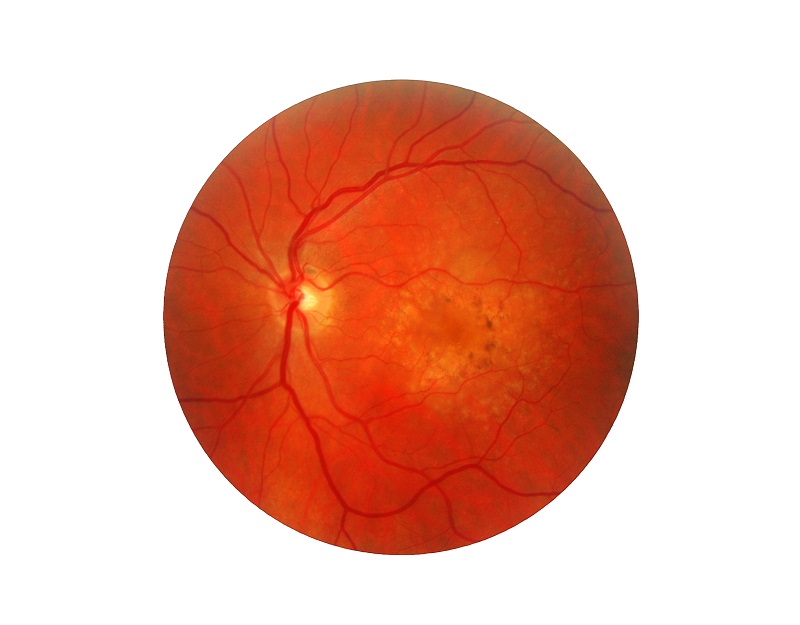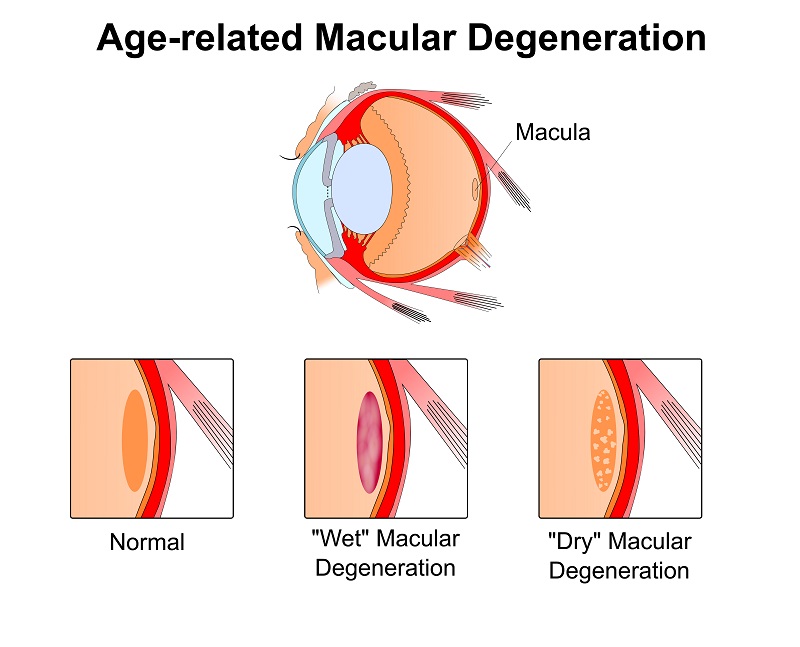
Age-Related Macular Degeneration (AMD) is the leading cause of blindness for adults over 60 years of age, affecting approximately 11 million Americans. One of the first things you may see is blurring of your vision. AMD damages the macula, which is the area of the retina responsible for central vision. There are two types of AMD: wet AMD which has bleeding, and dry AMD which does not. While neither condition can be cured, there are treatments available to help. Contact Grosinger, Spigelman & Grey to schedule an appointment for evaluation.



